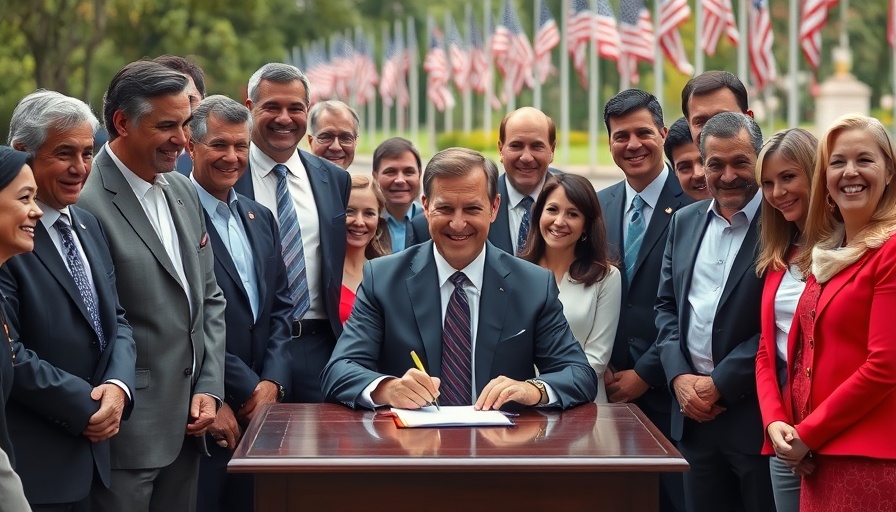
The GOP's Ambitious Tax Plans Face Legislative Challenges
As House Republicans gear up to push for a second major tax and spending bill this year, they encounter significant legislative headwinds. Unlike the urgency driven by the 2017 tax cut deadlines, which propelled the previous tax and spending law, this new effort risks being overshadowed by internal party divisions and public sentiment.
Understanding the Legislative Landscape
House Speaker Mike Johnson has vowed to lead an initiative aimed at passing another tax overhaul by late fall, following a sizable $3.4 trillion package signed by President Donald Trump in July. However, the climate within the Republican Party remains complicated, particularly given the changes in voter attitudes since the last major tax reform.
The timing is critical, as lawmakers' chances to implement deep cuts to safety-net programs such as Medicaid and food stamps could become constrained by next year’s midterm elections. Reports indicate these programs are at the forefront of GOP discussions, with some lawmakers pushing to slash funding more substantially than was seen in the previous bill.
Moderates and Conservatives: A House Divided?
Despite the enthusiasm from the Republican Study Committee—the largest House caucus representing conservatives—many moderates in swing districts are hesitant. They face a difficult balancing act: supporting deeper cuts to welfare programs while being mindful of what their constituents want. National polling reflects a disapproval of aggressive cuts in social safety nets, which further complicates their position.
The lack of a cohesive vision for the proposed package also leaves many lawmakers uncertain about their support. While conservatives are keen on austerity measures, the moderates are cautious, advocating for more thoughtful revisions to current programs rather than outright elimination. This rift highlights the ideological schism that could hinder the passage of the legislation.
Impact of Public Opinion on Legislative Success
The previous tax bill featured provisions with considerable public appeal, such as tax breaks for overtime pay and tips, which played a role in garnering bipartisan support. However, as new proposals emerge, lawmakers must navigate increasing public dissent surrounding previous measures that steered funding away from essential services. Analysts, such as Adam Michel from the libertarian Cato Institute, argue that while previous cuts enjoyed some popular backing, the climate of public opinion is changing and could result in backlash against further cuts.
Future Insights: What Lies Ahead?
As the GOP strives for another significant tax reform, the lack of a 'forcing mechanism'—like the previous expiring tax cuts—may hinder momentum. Without substantial public pressure or time constraints, the process could stagnate, permitting opponents of the bill to gain traction. Should Congress delay addressing the legislation until next year, the outcome may reflect unpredictably on party strength ahead of the midterms.
This temporary pause could also allow further public discourse to shape opinions and reform proposals attracting bipartisan cooperation. The question remains: will moderates step forward, or will legislative headwinds remain too strong to secure conservative objectives?
Conclusion: The Path Forward for the GOP
While the GOP aims for further tax and spending reforms, they find themselves at a pivotal moment between ambitious goals and electoral realities. As they prepare for what's likely to be one of their last chances for reform pre-election, their ability to unite varied factions within their base could determine not only legislative success but also the political landscape heading into the crucial 2026 midterms.
To keep informed about future developments in tax policy and its implications for the economy, stay engaged with your local news outlet as discussions unfold.
 Add Row
Add Row  Add
Add 



Write A Comment